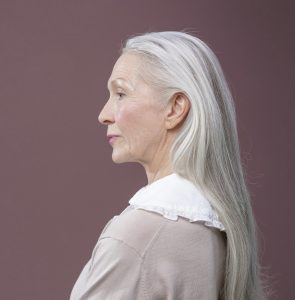
The challenges faced by women in retirement are growing, as many in their fifties and sixties struggle with insufficient pension savings. Career breaks, part-time work, and lower lifetime earnings have left many women financially vulnerable. Unlike men, women are a lot more likely to take time off to have children, or for childcare or other family responsibilities, reducing their ability to contribute consistently to a pension.
The Gender Pension Gap
One of the biggest challenges faced by women is the gender pension gap, which remains wider than the gender pay gap. Years spent outside the workforce result in lower pension contributions. Even women who work full-time often earn less than men, further limiting their retirement savings. Experts emphasize the need for early financial planning, but for those close to retirement, options feel limited.
State Pension Shortfalls
Another key issue is reliance on the state pension. Women who haven’t paid enough National Insurance contributions due to career breaks might not qualify for the full amount. While pension credit can help, many women are unaware of their entitlements. Complex eligibility rules make it difficult to claim, leaving many struggling in later life.
Rising Living Costs and Limited Options
With inflation and rising living costs, the challenges faced by women in retirement are worsening. Some now plan to work beyond retirement age to afford basic expenses. Others look into financial alternatives, like downsizing or equity release, but these options come with risks.
Exploring Alternative Pension Solutions
For women worried about their retirement funds, looking into international pension options like QROPS (Qualifying Recognised Overseas Pension Schemes) could provide better financial security. Moving pensions abroad can offer tax benefits and more flexibility, especially for those with international ties. As pension policies evolve, seeking professional advice can help women navigate their options and secure a more stable retirement.
